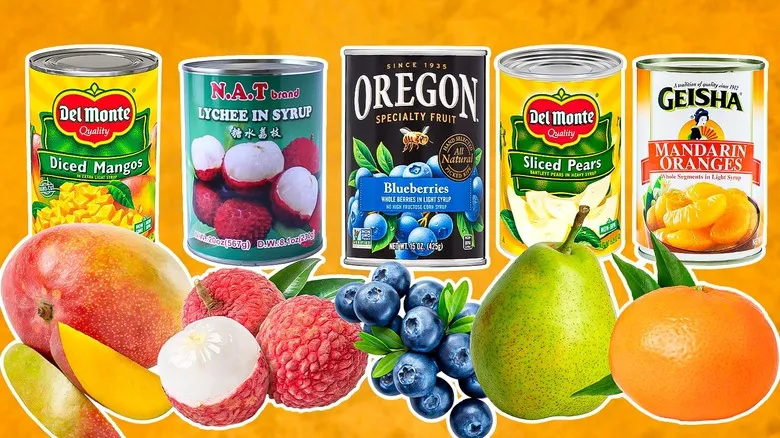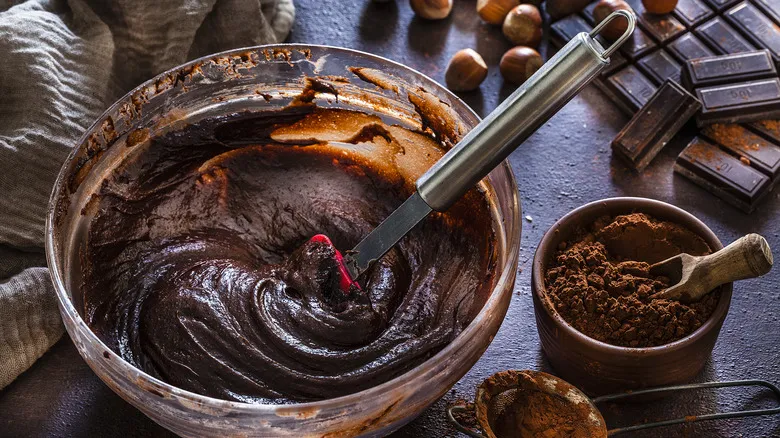Why it works

Vegetable oil may not be the most exciting type of fat, but it is commonly used for frying and baking due to its neutral taste. This lack of distinct flavor can make it less prominent in baking endeavors, such as with boxed cake mixes. By incorporating different types of fat into your cake mix, you can introduce new flavors that permeate the entire cake. For instance, using nutty browned butter or ghee can enhance a potentially monotonous chocolate cake, or complement a nutty chocolate variety like Mississippi sheet cake or German chocolate cake.
However, flavor isn't the only factor affected by substituting vegetable oil. The type of fat you choose can also influence the cake's texture. For example, butter—especially when creamed—can create a light, airy, and moist cake, while oils like vegetable or olive oil may result in a denser texture. It's important to consider these characteristics of your chosen fat when preparing your cake mix. If you're aiming for a light and fluffy cake, oil may not be the best option, whereas a denser crumb could be just what you need for certain recipes.
Another important consideration, particularly when using butter, is its water content. Unlike coconut oil, shortening, and other oils that are 100% fat, butter typically contains about 80% fat and the remainder is water. This can affect gluten development in your cake and ultimately influence its texture. Keep these differences in mind when selecting an alternative to vegetable oil.
Some oils to keep on hand, and in mind

Certainly! Here’s a rewritten version of your text:
There’s no universal substitute for vegetable oil; selecting an alternative depends on personal taste, baking objectives, and customization. However, replacing your oil can elevate your baking from simple to gourmet.
If you’re looking to enhance existing flavors, consider using an oil that pairs well with your cake mix. For instance, browned butter or ghee, which has a naturally nutty taste, can beautifully complement chocolate or nut-based cakes, as well as add richness to a vanilla cake, transforming a potentially flat flavor profile. Melted coconut oil can enhance the tropical sweetness of a banana cake or intensify the coconut flavor in a coconut cake mix. Even more adventurous flavors can work in a boxed cake mix; for example, sesame oil can introduce a toasty note and a hint of spice to a vibrant lemon or creamy vanilla cake.
Olive oil is another excellent choice, already favored in various cake recipes. Combine it with lemon cake mix for a delightful olive oil lemon cake, all while enjoying the convenience of a boxed mix. You can elevate this further by using infused olive oils, available in flavors like orange or basil, to add complexity and a unique twist to your cake creations.
Finding the ideal oil substitute for your cake mix may require some experimentation as you discover how different fats influence the texture, baking process, and flavor of your boxed cakes. But this simply means you’ll have more delicious cakes to enjoy while you explore your options!
Recommended

13 Canned Fruits You Should Have In Your Pantry

What Is 00 Flour And Why Does Your Recipe Call For It

Here's What You Should Serve With Lobster Tails

Is Dominique Ansel's Pastry Flour Worth The Price?
Next up

